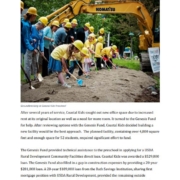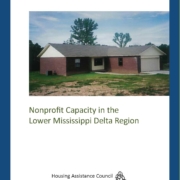Making CRA Work in Rural America: Partnerships and Opportunities for Rural Community Reinvestment
Little is known about rural community development activity for which lenders earn CRA credit. While anecdotal evidence suggest such projects are uncommon, most rural CRA discussions focus on the need to increase rural activities. HAC’s Making CRA Work in Rural America: Partnerships and Opportunities for Rural Community Investment report serves to increase our knowledge of how CRA can work in rural areas by focusing on four successful rural community development projects.
The case studies in this report explore a preschool expansion in Maine, construction of rental housing for farmworkers in Colorado, construction of low- and moderate income housing in Minnesota, and the donation of a bank branch to a local credit union in Mississippi.
“The CRA will make a good project better, but not a bad project good”
– Greg Hohlen, Bremer Bank
The participants in the case studies identified the following key elements to the success of their projects and making the CRA work for rural areas:
- Strong relationships between the lenders and the involved organizations,
- Lender expertise in community lending, and
- Understanding of alternative funding streams by all involved parties.
While the CRA-related activity was an important part of each case, the underlying fundamentals of the project were sound making these efforts a win-win for the bank and the community.


